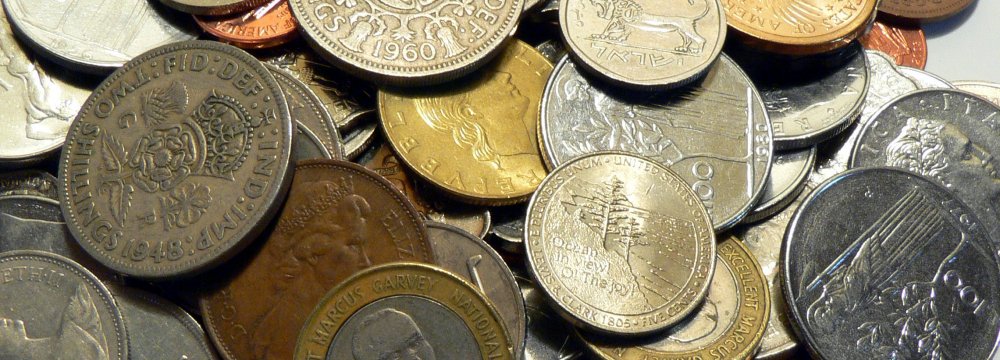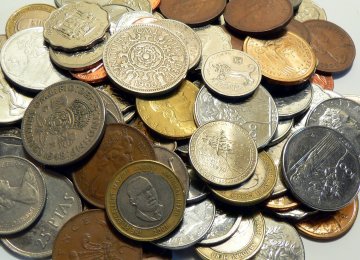A major malaise of Iran’s economy is the significant volume of floating capital that manufacturing and service sectors are unable to attract, according to economists, who liken the problem to “cash diabetes,” Banker reported.
“Credit cards are one of the solutions to curb the growing volume of univested cash,” according to Ali Bakhshayesh, CEO of Bank Sarmayeh.
Majid Ansari, vice president for parliamentary affairs, had also warned about the large volume of cash that flows “one day in the forex market and the next day, in the gold market.” He highlighted the need for a firm action in this regard.
While the growth of money supply significantly slowed down in the first half of the current Iranian year, its volume dramatically increased, according to available data. The increase in money supply volume becomes more alarming when coupled with the cash shortage faced by many manufacturers. In fact, lack of working capital has become a major challenge for manufacturing units.
“We faced negative economic growth and it was natural for businesses to produce less and sell less, a phenomenon that led to a decline in their cash flow,” Mehdi Taghavi, an economist, told Fararou.
Companies need cash to buy raw material, pay salaries, fund sales costs, etc. At the time of high inflation, they have to pay more to meet costs and this is where the problem starts. The question is how companies should meet costs while maintaining productivity level at the time when inflation is high and GDP growth low.
Tools to Control Money Supply
On different measures helping to control money supply, Taghavi said, “the gap between bank interest rates and inflation should be reduced” as higher interest rates encourage people to save, which eventually reduces money supply.
For instance, with the inflation rate of 14 percent, deposit interest rates could be reduced by 17 percent. In that case, interest rates have declined but still offer the depositor 3 percent more.
Issuing and selling participatory bonds and debt securities is another effective way to control money supply. Short-term debt securities are a financial policy-making tool of the government with which large amounts of cash is collected and then released in due date. Rediscount rate is another measure to control money supply. Central banks normally offer a discount window, where commercial banks take their securities for rediscount.
Currently, there is no need to reduce money supply and it is enough not to inject too much cash into the economy. In fact, as inflation has eased from 40 percent in October 2013 to 15 percent now, it is okay to increase money supply in proportion to the inflation and economic growth rate, which is about 2-3 percent, on an annually adjusted basis.





